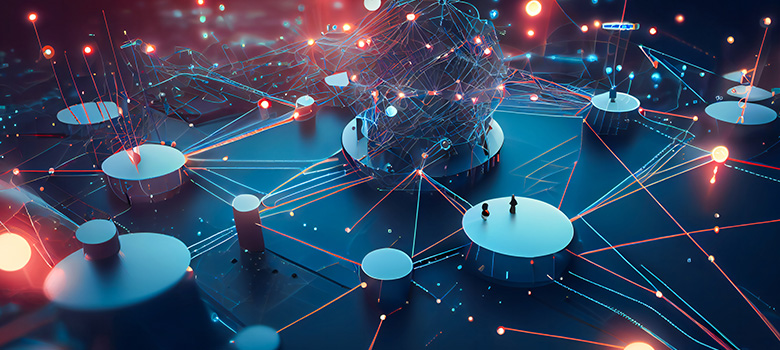The IT ecosystem is at an inflection point. As enterprises scale their digital infrastructure, traditional methodologies for software engineering, cybersecurity, cloud orchestration, and data intelligence are proving inadequate. The complexity of modern IT demands a shift—an autonomous, adaptive, and intelligent approach to managing operations.
Enter Generative AI (GenAI)—a disruptive force redefining IT strategies by augmenting code generation, anomaly detection, predictive analytics, and intelligent automation. With hyperscalers like Microsoft, AWS, and Google embedding GenAI across their ecosystems, the race toward AI-driven IT is accelerating.
Rearchitecting IT with Generative AI
Autonomous Code Engineering Modern application development is bottlenecked by human inefficiencies—technical debt, debugging overhead, and manual refactoring. AI-infused tools like GitHub Copilot, AWS CodeWhisperer, and OpenAI Codex are now driving AI-assisted pair programming, automated code refactoring, and self-healing pipelines that pre-emptively resolve runtime issues. Faster deployment cycles, reduced error rates, and improved DevSecOps alignment are the direct outcomes.
Predictive IT Operations (AIOps) Legacy ITSM frameworks rely on reactive support models, often leading to escalation delays and inefficient resource allocation. Generative AI-driven AIOps (Artificial Intelligence for IT Operations) enhances service management through real-time anomaly detection, AI-driven root cause analysis (RCA), and autonomous remediation for self-healing IT environments. With lower mean time to resolution (MTTR) and minimized downtime, enterprises can optimize service availability.
Cybersecurity 2.0 – AI-Driven Threat Intelligence With the attack surface expanding across hybrid and multi-cloud environments, static rule-based threat detection is obsolete. GenAI is enabling neural network-driven threat modeling to predict attack vectors, AI-generated incident response playbooks for security orchestration, and autonomous phishing and malware detection using generative adversarial networks (GANs). These AI-driven capabilities result in faster threat neutralization, enhanced SOC efficiency, and reduced cybersecurity risk exposure.
Intelligent Cloud & Infrastructure Optimization Managing multi-cloud and hybrid environments demands real-time insights and automation at scale. GenAI is transforming cloud operations through AI-powered FinOps (Cloud Financial Management) for cost allocation, dynamic workload balancing based on predictive analytics, and Infrastructure-as-Code (IaC) automation using AI-generated policies. The outcome? Increased cloud efficiency, automated provisioning, and reduced infrastructure sprawl.
Generative AI for Data Intelligence & Decision-Making Enterprises generate exabytes of unstructured data, yet deriving actionable insights remains a challenge. GenAI is now reshaping business intelligence by enabling AI-generated dashboards that dynamically adapt to business KPIs, context-aware NLP-driven analytics for real-time insights, and AI-powered decision support systems (DSS) for executive-level strategy formulation. With real-time decision intelligence, businesses can achieve greater agility and data-driven optimization.
AI-First IT: A Competitive Imperative
The next-generation IT landscape will be AI-native, where infrastructure, applications, and security systems autonomously adapt to business needs. Enterprises that fail to integrate GenAI into their IT fabric risk slower time-to-market due to legacy development cycles, increased operational overhead from manual intervention, and higher security vulnerabilities due to outdated threat detection models.
The question isn’t whether to adopt Generative AI, but how fast organizations can operationalize it across their IT stack.
What’s your take? How is your IT team leveraging GenAI to drive operational excellence? Let’s discuss.



